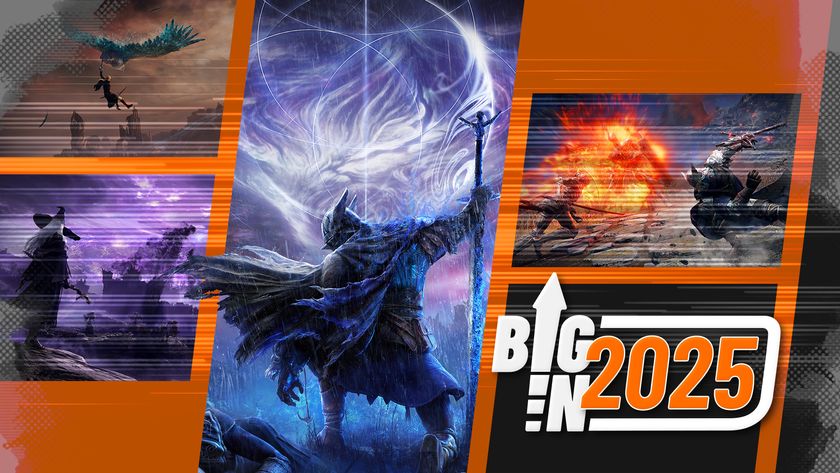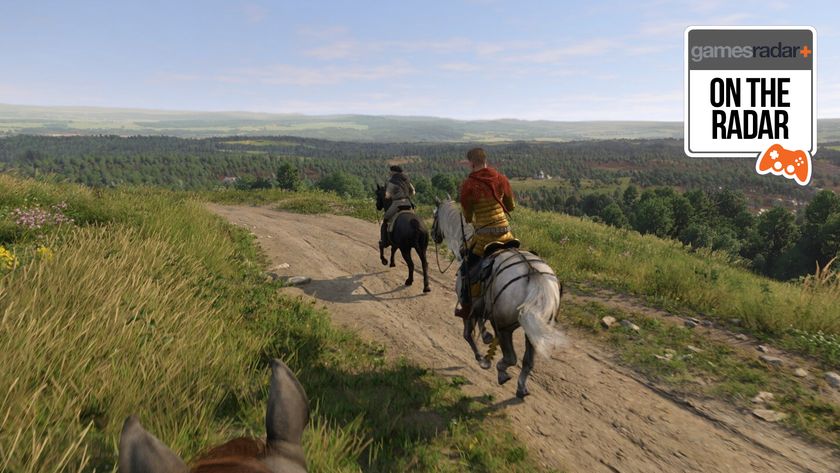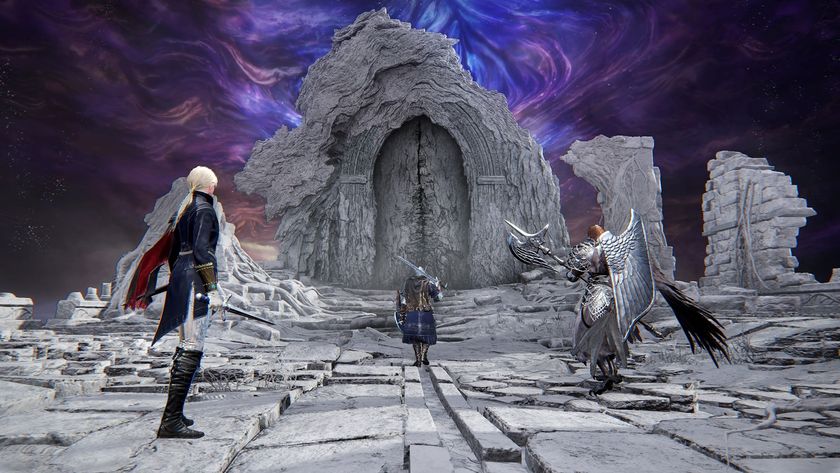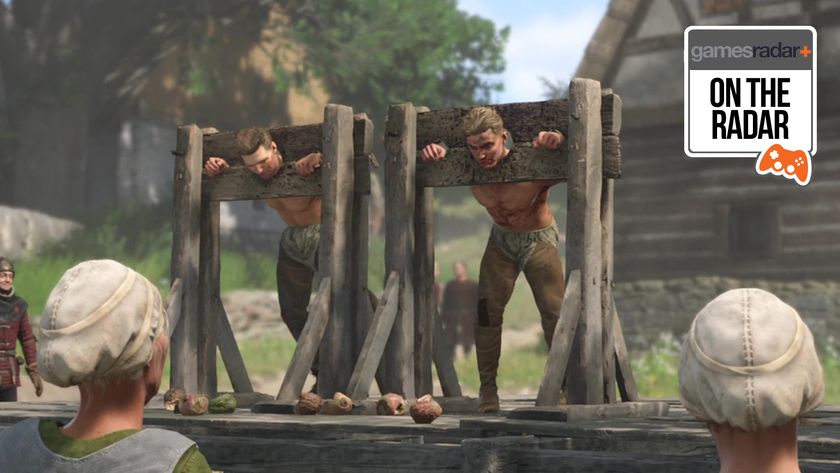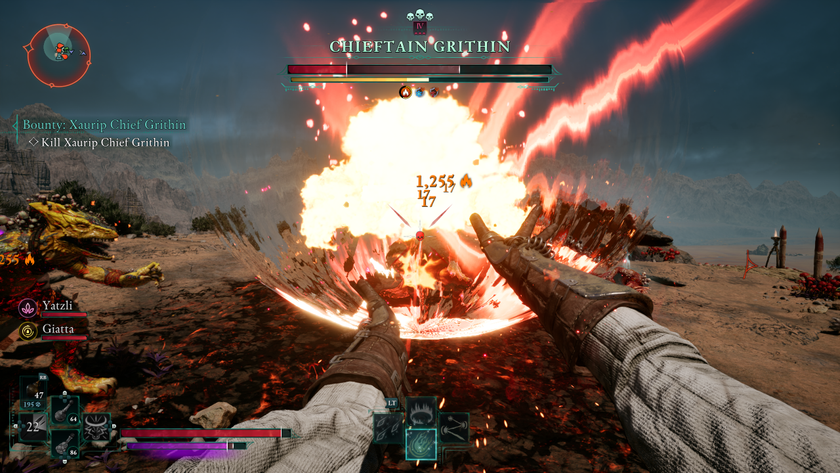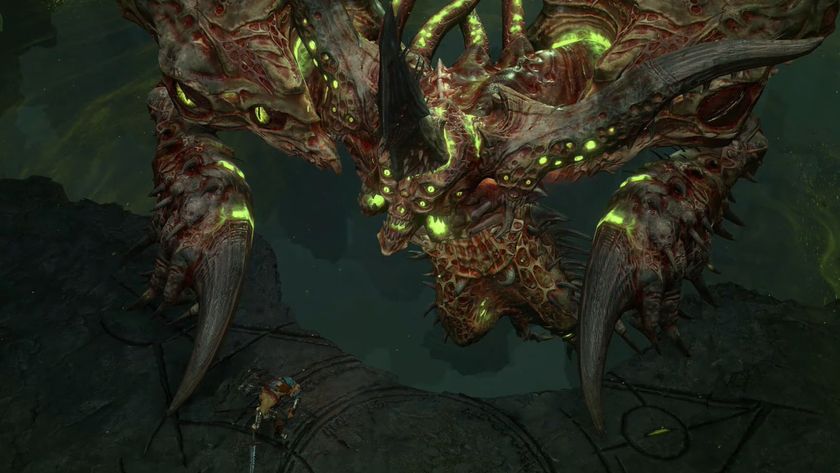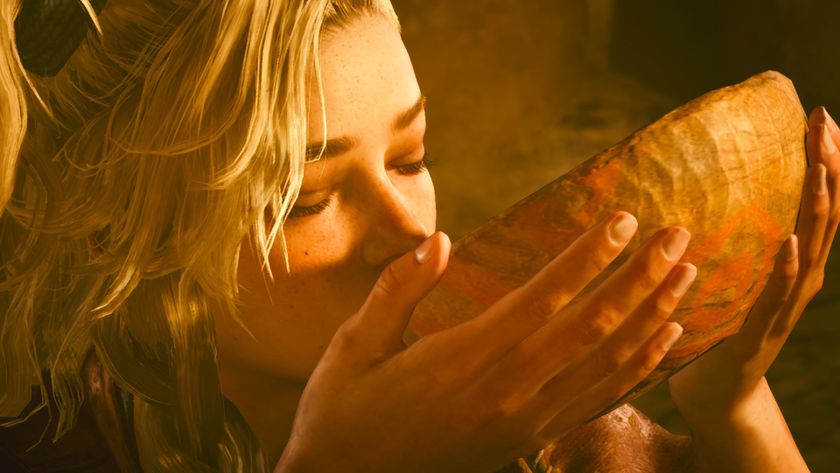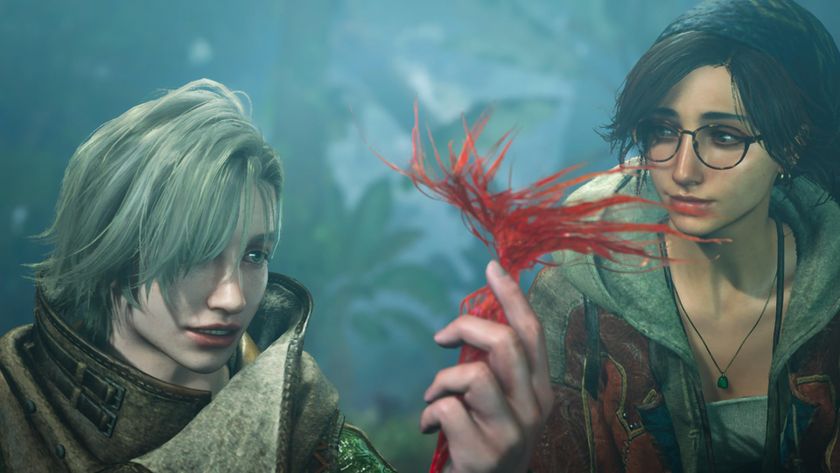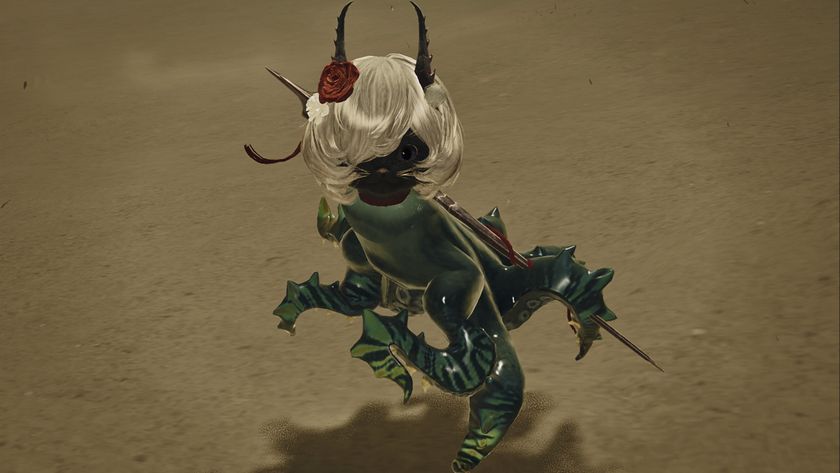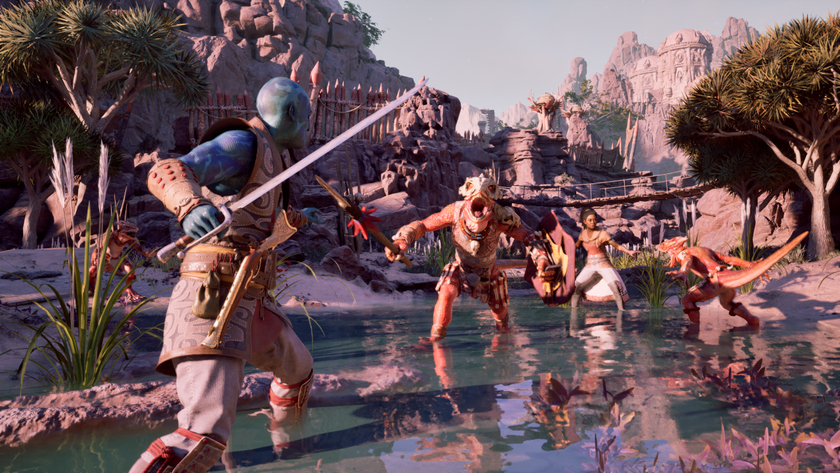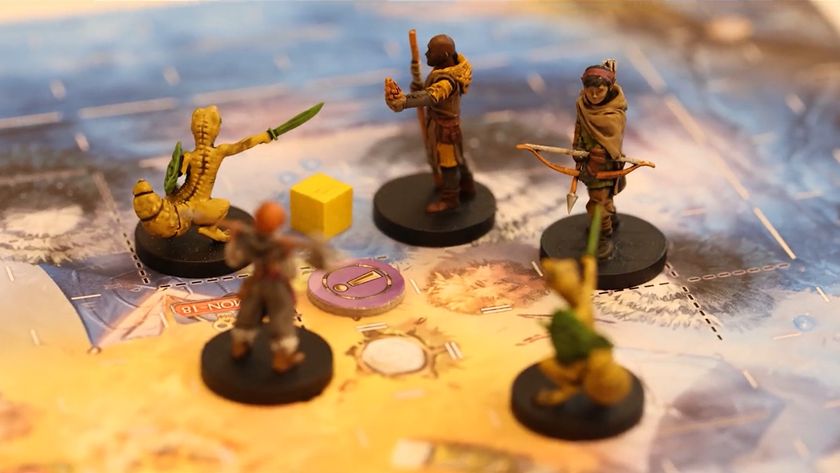A perfect blend of mystery and cruelty puts Elden Ring's open world above the rest
Elden Ring is so explorable because of FromSoftware's brutal game design

Elden Ring has stripped my pride naked. Not to flex too much, but I absolutely battered Margit, the Omen Fell – the game's first mandatory boss. I annihilated the Tree Sentinel, slaughtered the Beastman of Farum Azula, and swept aside the Erdtree Burial Watchdog. It might have taken me, let's say, a few tries, but my valiant triumph over Godrick the Grafted, when I used that impaled dragon's wing as cover while hammering the twisted ruler of Stormveil with sorcery, will be written into the history books. And yet, here I am, down on my knees, gripping my chest, gasping my last breath as my body begins to glow and my spirit is swept into the ether. 'You Died' fills my screen as we fade to black, but this particular demise is a tough one to swallow.
Why? Because my aggressor is two-feet tall. His eyeline barely reaches my waistline and he wields a miniature iron cleaver that wouldn't look out of place behind the glass in a Games Workshop counter. Elden Ring is never easy, but I've grossly underestimated this conflict. What am I doing here in far-off Farum Greatbridge so under-powered? I found a portal behind the Third Church of Marika, obviously. Will I be back? Of course, because these OP bastards drop 1200+ runes and I'm here to farm. The breathtaking beauty of Elden Ring's volcanic contours and forgotten passes speaks for itself. But its explorability by way of FromSoftware's brutal and iconic game design is what, for me, makes it the best open world of all time.
The stuff between
That's a bold statement about a game that's barely a few weeks old, I know. But I haven't felt this way about an open-world playground in a very long time. The likes of Red Dead Redemption 2, Assassin's Creed: Valhalla, The Witcher 3: Wild Hunt and, to a lesser extent, modern day GTA Online all boast gorgeous, thoroughly explorable sandboxes, wherein you're encouraged to travel from pillar to post at the behest of NPCs and central questlines alike. I remember being wowed and saddened by the rooftop views of London at dusk in the opening stretch of Uncharted 3, knowing these iterations of St Paul's Cathedral and the bullet-shaped Gherkin building were unexplorable. Conversely, Zelda: Breath of the Wild and Skyrim are experts in their exploration-by-curiosity conceit, something especially impressive in the latter given the fact it's now pushing 11 years old.
The open-ended quests, the divergent missions, the multitude of weapons and characters, builds and loadouts in open-world games are great, but they mean very little if the worlds themselves fail to deliver. In Elden Ring, the fact that everything that can be seen can be explored makes the Lands Between feel credible and real. Often, you'll stick to the beaten track in order to progress stories and uncover map fragments, but there's something truly freeing and, actually, humbling about knowing this degree of unbridled, unrestricted exploration is possible – whether you choose to climb that picturesque knife-edged cliff off in the distance or not.
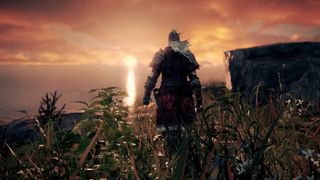
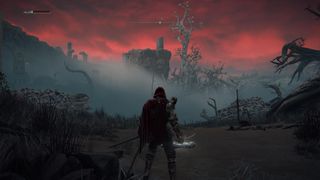
Purists will disagree, but Elden Ring is at its absolute best with stealth and magic
Moreover, Elden Ring's deliberately ambiguous approach to, well, everything – from its lore to its narrative, enemies, bosses, and more – only adds to the mystique of travel, whereby discovering seemingly useless items at one corner of the map can be presented to NPCs at the other to craft overpowered buffs, spells, or weapons. This is standard RPG fare, sure, but when the path between these two points of interest is littered with fire-breathing dragons, boulder-hurling giants, and pint-sized predators like the ones noted above, all of who can one-shot kill by the way, the path of discovery can be as fraught as it can be freeing.
If I look at my sorcery-focused build now, some 35 hours into the game, my most prolific go-to items are a direct result of intrepid spelunking in dangerous areas. Fire grease is always in my rotation, for example, which coats weapons in flames and requires the Armorer's Cookbook, found at the enemy encampment east of Stormveil. I discovered my most trusty Spirit summon, the Godrick Soldier Ashes, in a random graveyard overrun by massive floating jellyfish way out in west Limgrave, and have upgraded it to +2 using Grave Gloverworts mined from the southern Weeping Peninsula's skeleton-infested Tombsward Catacombs. I looted my favourite talisman – Radagon's Sorseal, which boosts vigour, endurance, strength, and dexterity by +5 – from Fort Faroth, and, let's just say my death count while trying to escape the stronghold suggests I had no business being in Fort Faroth at that point whatsoever.
New dog, same tricks

"Elden Ring feels as much like Skyrim as it does, say, The Last of Us, by taking the trepidation of adventure, dropping it into a gorgeous playground, and spicing it up with the brutal design FromSoftware is known for."
Folding in some of FromSoftware's more brutally unforgiving tricks into this mix is when things start to get really interesting. Our own Austin Wood found this out the hard way when he was transported to hell for trying to "steal" from a well-known Dark Souls NPC. By simply having the audacity to obtain loot from a treasure chest – one of the RPG genre's most generic and most familiar gimmicks – he was teleported to an underground mine brimming with OP enemies, stripped of the ability to fast travel, and forced to fight his way out. Upon replicating the same move myself, I was whisked away to a different wooded area patrolled by three bears the size of houses. The scene was as far removed from Goldilocks as you can imagine.
Sign up to the 12DOVE Newsletter
Weekly digests, tales from the communities you love, and more
What is even harder to fathom is the scale upon which Elden Ring operates. Like many fans of the Souls series, I spent the first 10 to 15 hours of the game making comparisons to Dark Souls. It's Dark Souls 4 in all but name was a sentiment shared among many, one which, initially at least, I was comfortable with. It's only as I've waded deeper into Elden Ring that I realise that comparison is probably unfair. Like many other time-sink RPGs, I'm still discovering new NPCs with interesting stories to tell, bastard-hard sub-bosses, and entire areas all begging to be explored.
The difference here, however, is that I'm terrified of what might lurk in the uncharted valleys, hills, towers and townships – an omnipresent mix of wonder and dread that no other game has made me feel before. Through all of this, Elden Ring feels as much like Skyrim as it does, say, The Last of Us, by taking the trepidation of adventure, dropping it into a gorgeous playground, and spicing it up with the brutal design the people pulling the strings are best known for.
With that, there's a real sense that Elden Ring is the game FromSoftware has been pining to make for some time – one that's now possible by virtue of the power driving the current console cycle and years of experience with the last. It's too early to think too much about where FromSoftware might go next, but it's set its bar ever so high here. As for me? I know exactly where I'm going: Farum Greatbridge, levelled up and ready for payback on that cleaver-wielding Warhammer wannabe. Wish me luck. If my track record's anything to go by, I'll definitely need it.
Had your fill of the Lands Between? Our games like Elden Ring list should keep you hacking and slashing till the sun goes down.

Joe Donnelly is a sports editor from Glasgow and former features editor at 12DOVE. A mental health advocate, Joe has written about video games and mental health for The Guardian, New Statesman, VICE, PC Gamer and many more, and believes the interactive nature of video games makes them uniquely placed to educate and inform. His book Checkpoint considers the complex intersections of video games and mental health, and was shortlisted for Scotland's National Book of the Year for non-fiction in 2021. As familiar with the streets of Los Santos as he is the west of Scotland, Joe can often be found living his best and worst lives in GTA Online and its PC role-playing scene.

